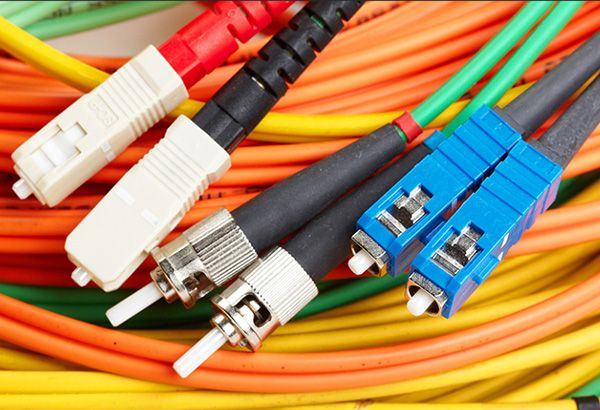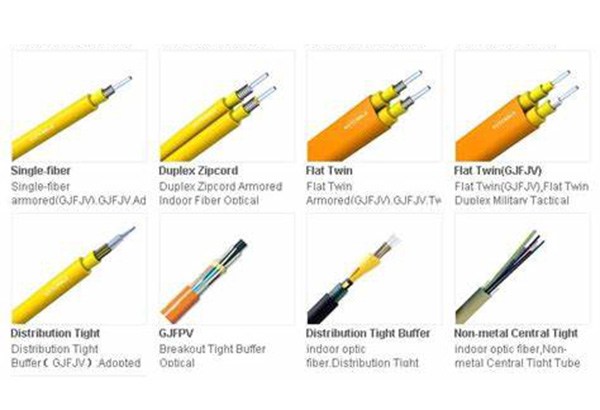Introduction:
Optical fiber cables have revolutionized modern communication systems, enabling faster and more reliable data transmission. From their various types to the installation process and specifications, this article aims to provide a comprehensive understanding of optical fiber cables. We will delve into the differences between single-mode and multimode fiber optic cables, explore their installation procedures, and highlight important specifications to consider. Let's embark on this informative journey!
Optical Fiber Cable Types: When it comes to optical fiber cable types, two main categories dominate the industry: single-mode and multimode fibers.
Single-mode Fiber Optic Cable:
Single-mode fiber optic cables have a smaller core diameter and allow for long-distance data transmission with low signal loss. They are ideal for high-speed, long-haul applications such as telecommunication networks, backbone infrastructure, and internet service providers (ISPs).
Multimode Fiber Optic Cable:
Multimode fiber optic cables have a larger core diameter and are commonly used for shorter distance applications within buildings or local area networks (LANs). They can transmit multiple signals simultaneously, making them suitable for areas with high data traffic, such as campuses or corporate environments.

Fiber Optic Cable Installation: Proper installation of fiber optic cables is crucial to ensuring optimal performance and longevity. Here are some essential steps involved in the installation process:
Planning and Design:
Before installation, a thorough site survey and network design are conducted to determine cable routes, accessibility, and potential obstacles. This step ensures a smooth installation process.
Preparation:
The installation team prepares the cable trench, conduit, or aerial pathway to accommodate the fiber optic cables. Proper handling and protection of the cables during this stage are vital to prevent damage.
Cable Pulling:
The cables are carefully pulled through the designated pathway, avoiding excessive tension or bending that could degrade signal quality. Specialized pulling equipment may be used to aid in this process.
Splicing and Termination:
Splicing involves joining fiber optic cables together using fusion splicing or mechanical connectors. Termination refers to connecting the fibers to various devices like patch panels, connectors, or network equipment.
Testing and Verification:
After installation, thorough testing is performed to ensure the cables are properly connected and meet industry standards. This includes checking for signal loss, attenuation, and reflectance.
Fiber Optic Cable Specifications: Understanding fiber optic cable specifications is crucial for selecting the right cable for specific applications. Here are a few key specifications to consider:
Core Diameter:
The core diameter determines the amount of light that can be transmitted through the cable. Single-mode fibers usually have a core diameter of 9 microns, while multimode fibers typically range from 50 to 62.5 microns.
Attenuation:
Attenuation measures the loss of signal strength as it travels through the fiber optic cable. Lower attenuation values indicate higher quality cables.
Bandwidth:
Bandwidth refers to the data-carrying capacity of a fiber optic cable. Higher bandwidth allows for faster data transmission over longer distances.
Operating Wavelength:
Different fiber optic cables operate at specific wavelengths. Common operating wavelengths include 850 nm, 1300 nm, and 1550 nm.

Single-mode Fiber Optic Cable:
Single-mode fiber optic cables are designed for long-distance data transmission with minimal signal loss. They are commonly used in telecommunications, long-haul networks, and high-speed internet connections. Due to their smaller core diameter, they require precise alignment during installation and are more expensive than multimode fibers.
Multimode Fiber Optic Cable:
Multimode fiber optic cables are suitable for shorter distance applications within buildings or LANs. They have a larger core diameter, allowing multiple modes of light to propagate simultaneously. Multimode cables are cost-effective and relatively easy to install, making them popular for short-reach applications.
Conclusion:
Optical fiber cables have become the backbone of modern communication systems, enabling fast and reliable data transmission. Understanding the different types of fiber optic cables, their installation procedures, and specifications is essential for selecting the right cable for specific applications. Whether it's the long-distance capabilities of single-mode fiber or the cost-effectiveness of multimode fiber, each type has its unique advantages. By considering cable types, installation best practices, and specifications, businesses and individuals can harness the power of optical fiber cables to meet their communication needs efficiently and effectively.



